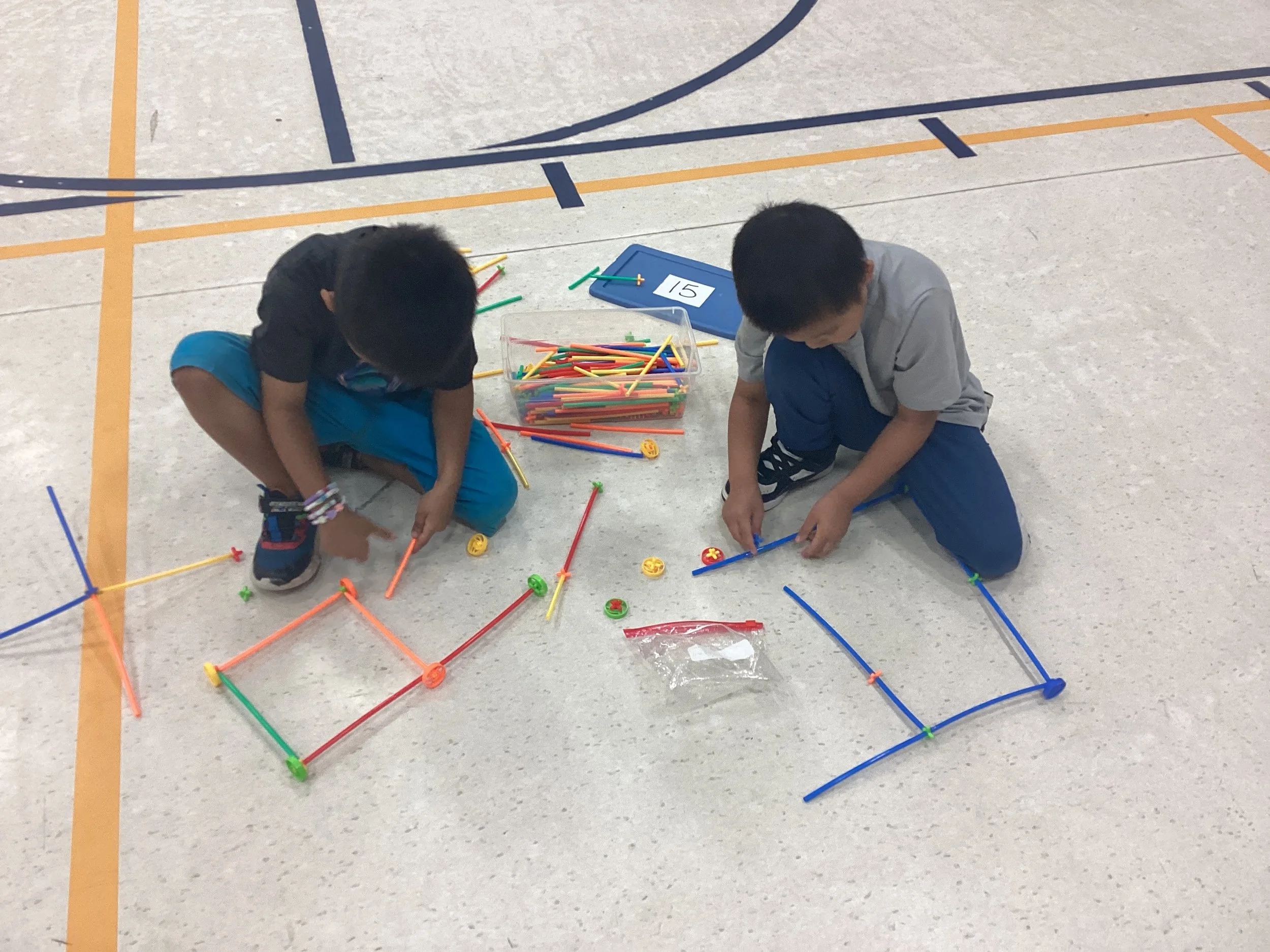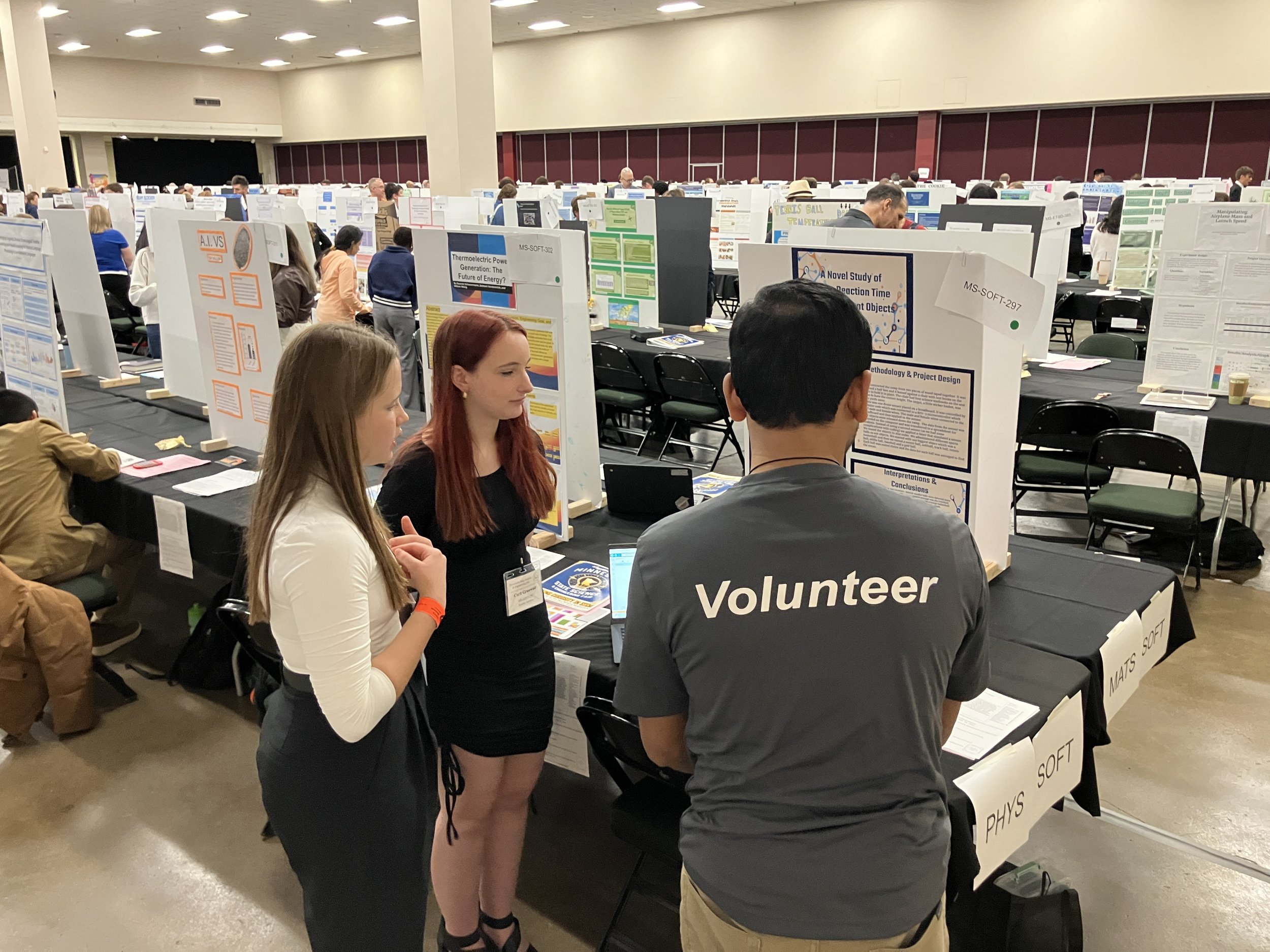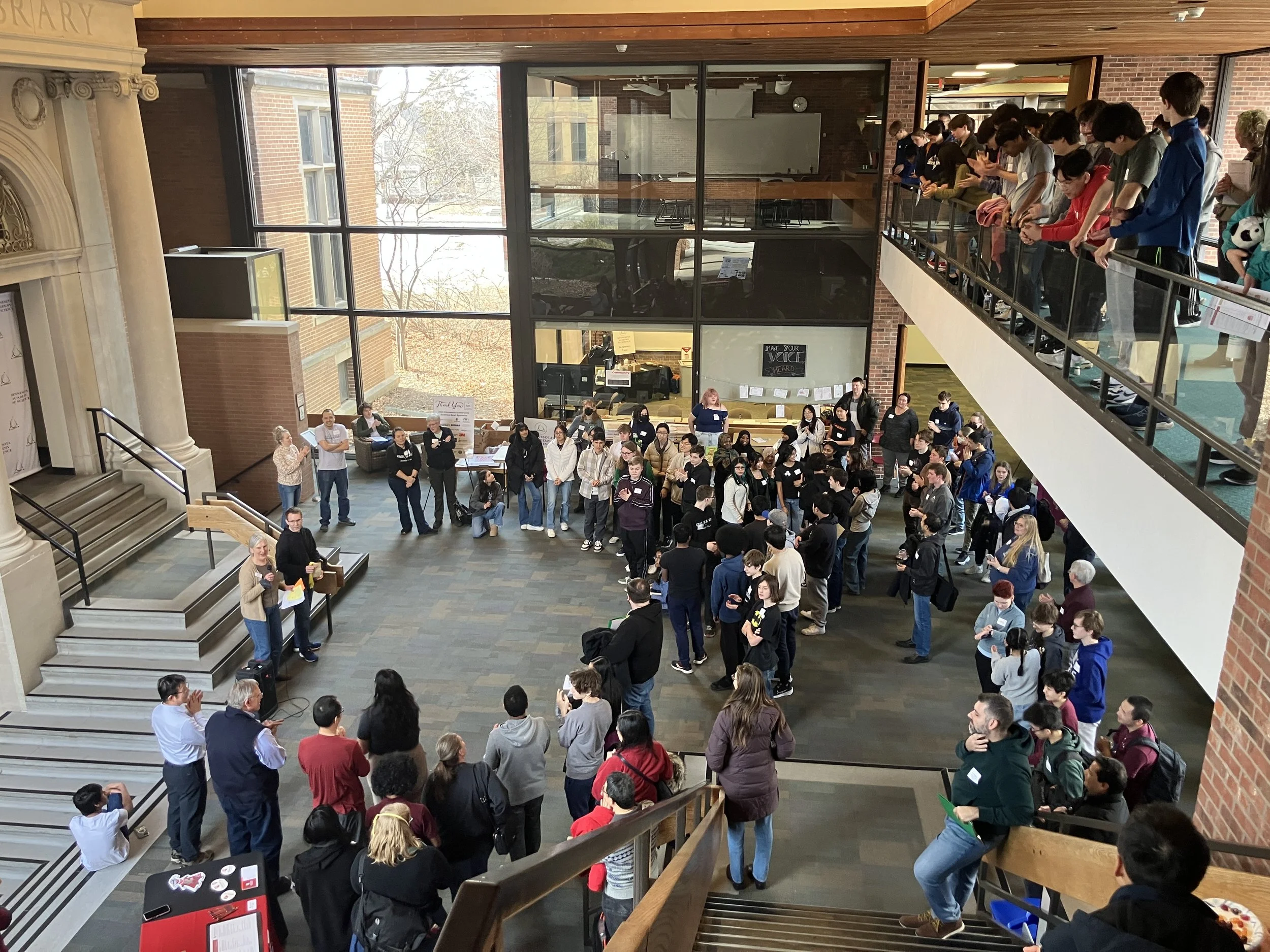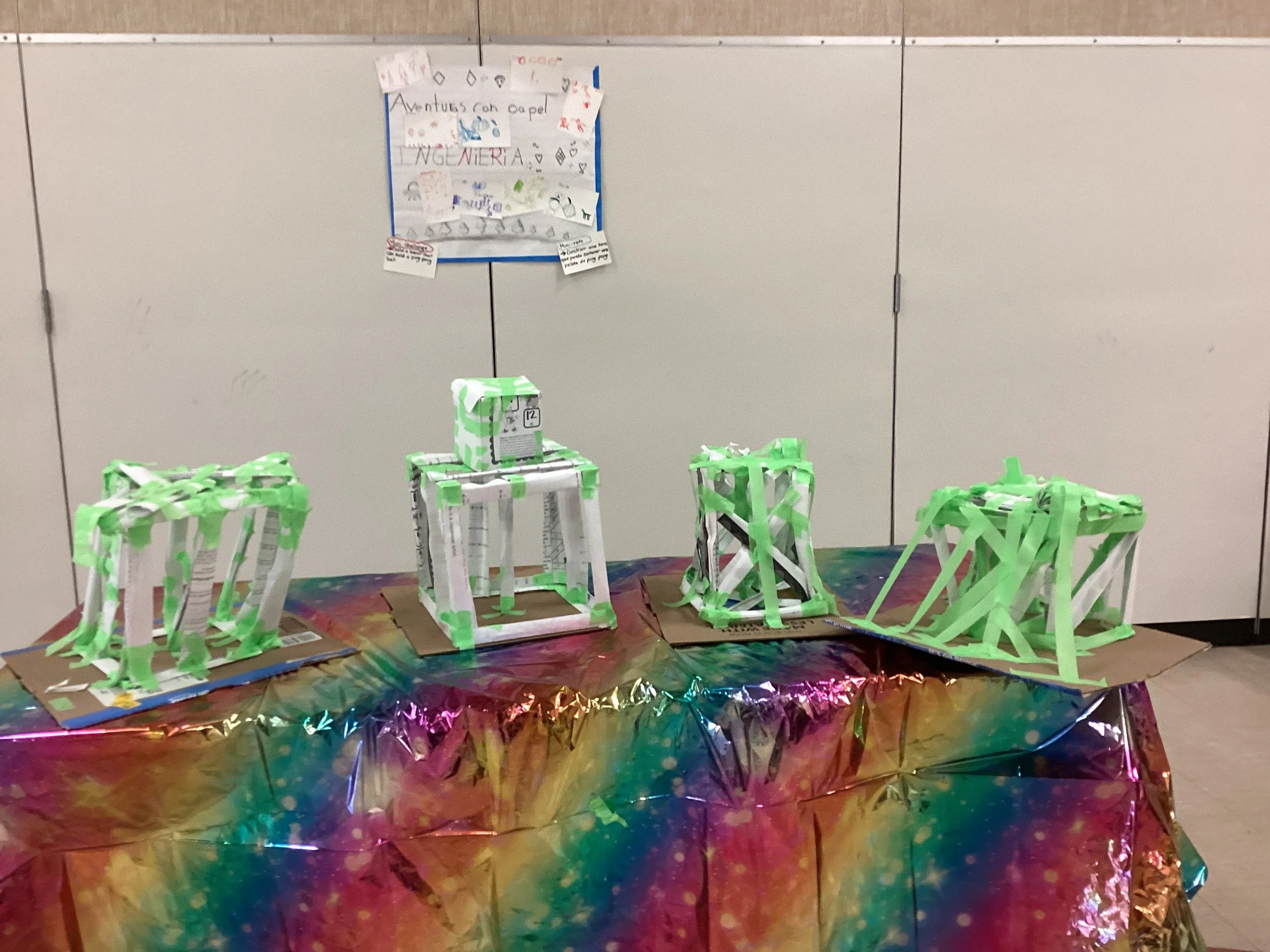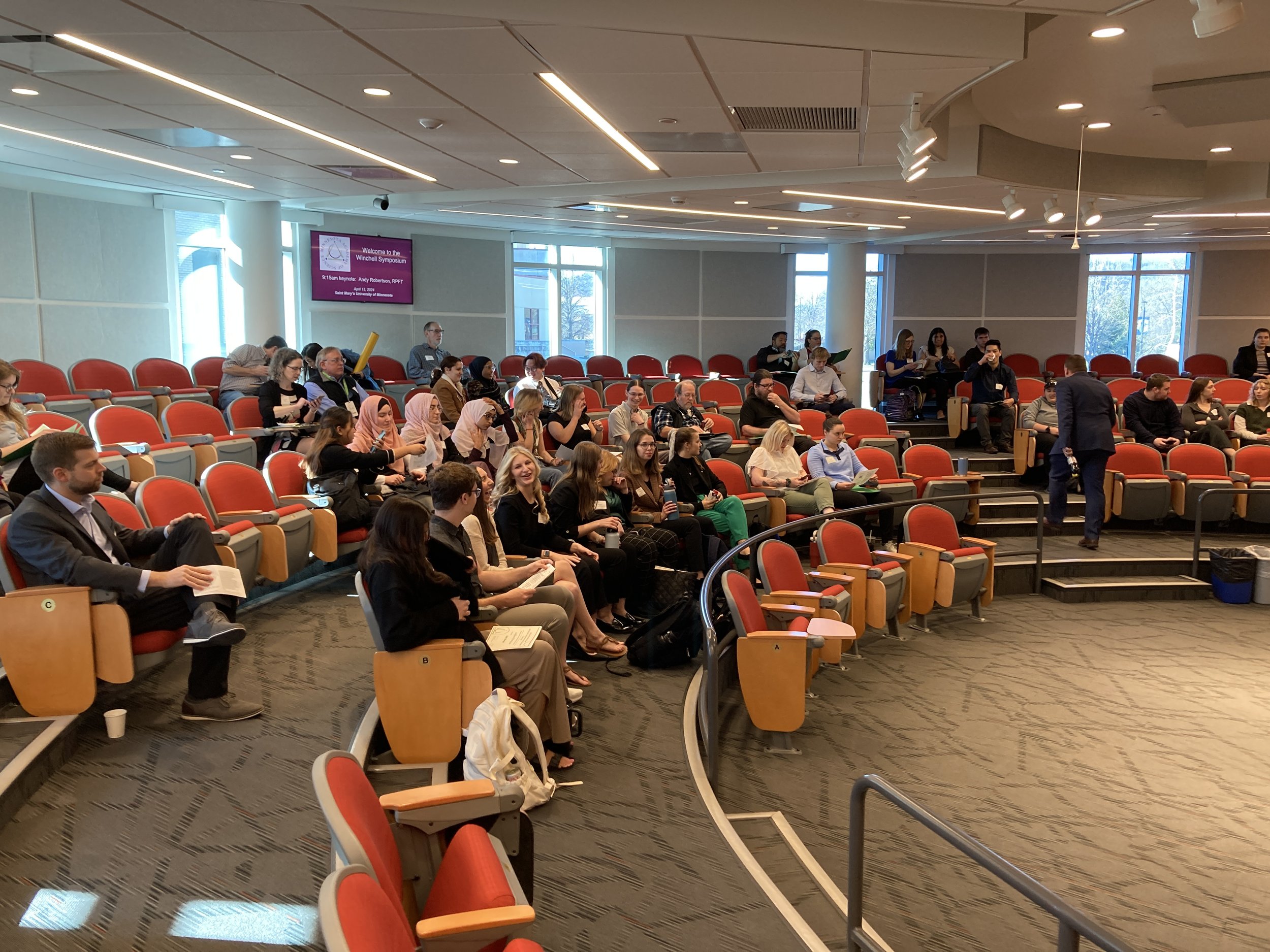In the summer of 2024, our Fostering Opportunities and Relationships in STEM Education (FORSE) program brought STEM Play Days to over 1,300 students at St. Paul Public School summer programs!
During the STEM Play Days, kindergarten - second graders built and tested vehicles using straw engineering kits and constructed marble runs. Third and fourth graders completed hands-on activities focused on bird banding and bird beak adaptations with our partners at Cedar Creek Ecosystem Science Reserve.
Building vehicles.
Constructing marble runs.
Learning about woodpecker beaks.
“The goal of these STEM Play Days is to engage students in scientific practices through fun activities,” says Evangeline Holley, FORSE Program Director. “We want students to understand that science is fun and interesting, and that they are capable of scientific thinking and tasks.” But how do we know if our STEM Play Days are achieving this goal?
In our other programs (such as the State Science Fair), participants give us feedback via detailed surveys. Given the age of STEM Play Day participants and the relatively short duration of this program, extensive surveys are not an option.
Holley uses several methods for evaluating the success of STEM Play Days. First, she solicits feedback directly from teachers. Second, she developed a short, fun method of assessing the impact of STEM Play Days from the perspective of students. Prior to the STEM Play Day, teachers ask students the question, “Do you think you can do science and engineering?” and record their answers. At the end of the STEM Play Day, we repeat the same question, asking students to put a magnet on a board indicating a ‘yes’ or ‘no’ answer. We can then compare the before and after numbers to understand if the STEM Play Days are boosting students’ confidence in their ability to do science and engineering.
STEM Play Day students place magnets answering the question “Do you think you can do science and engineering?”
Results of this survey method were exciting! Over all grade levels, students were 18% more likely to agree that they could do science and engineering after participating in a STEM Play Day.
“These data tell an important story about how students’ confidence in science and engineering can increase after just one STEM Play Day” notes Holley. “Results also indicate that students’ ability to envision themselves as scientists decreases as they age, reinforcing how important boosting engagement with STEM is as students grow older.” This aligns with broader studies that have also indicated students’ confidence in their ability to be scientists decreases as they advance in school.
Just 53% of second graders participating in STEM Play Days thought they could do science and engineering prior to the event. After the event, 87% of students believed that they could do science and engineering.
For first graders, 69% agreed that they could do science and engineering before the event, compared to 88% after. And for kindergartners, 74% agreed that they could do science and engineering before the event, compared with 95% afterwards.
Although it is encouraging that a single, fun, hands-on experience can boost students’ confidence in STEM so handily, Holley is not content to celebrate and call it a day. “We know that continued exposure to fun and interesting STEM activities is the best way to ensure that students can confidently see themselves as scientists and scientific thinkers,” says Holley. “This successful STEM Play Day model is one aspect of a suite of strategies needed within our educational system for us to ensure that every student in Minnesota can envision a future for themselves in STEM.”
To support future STEM Play Days, please consider volunteering, donating, or sponsoring FORSE!
